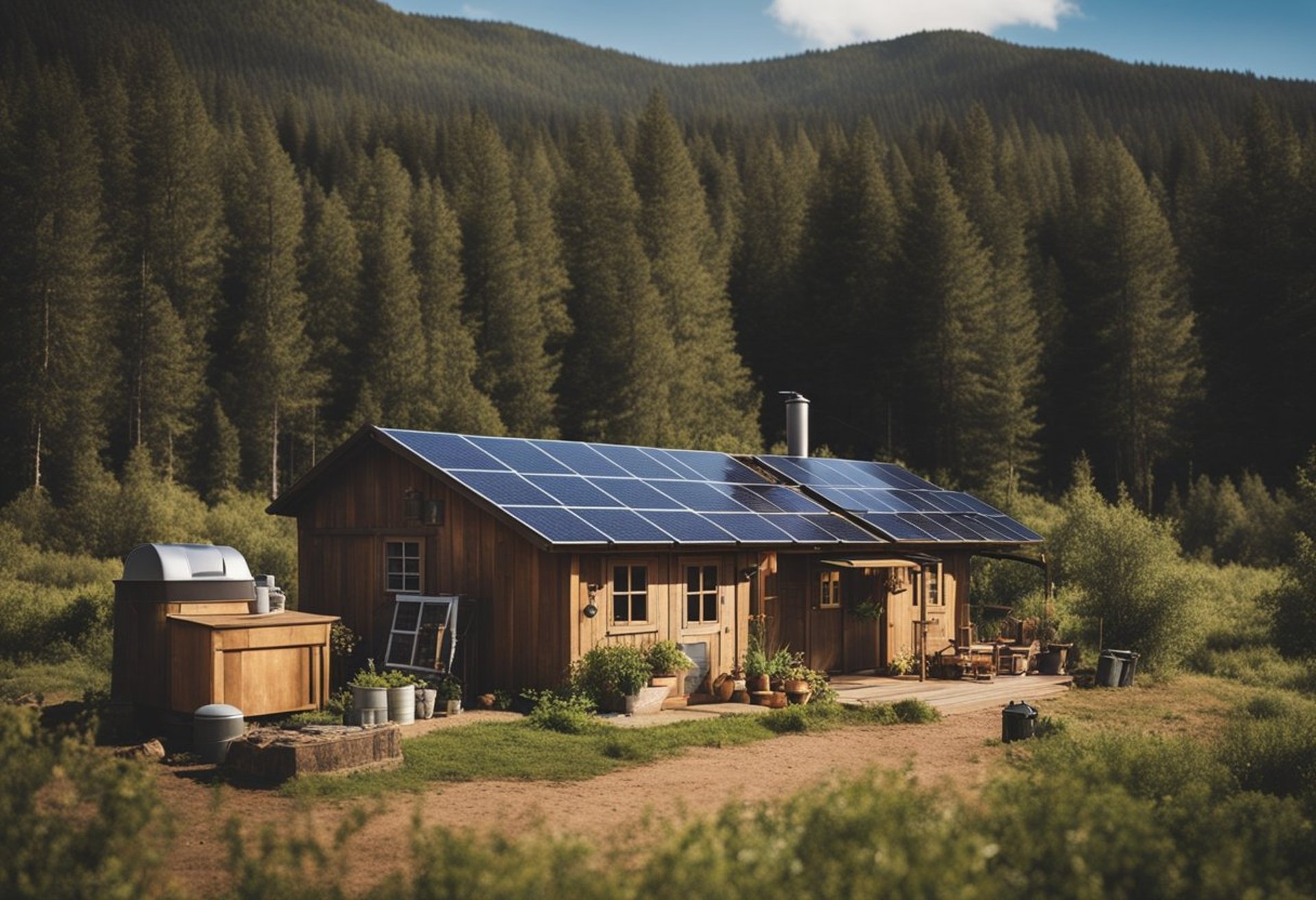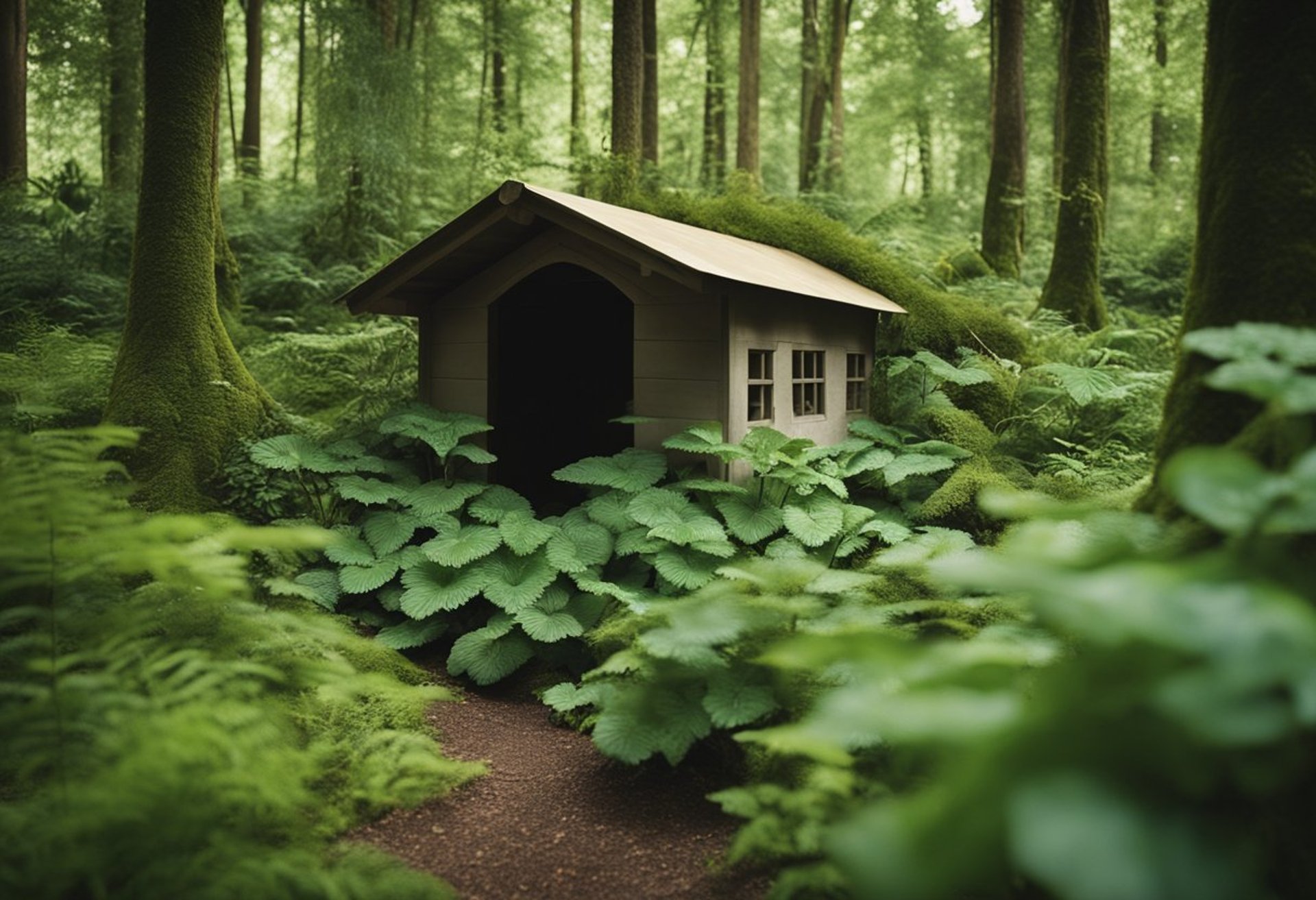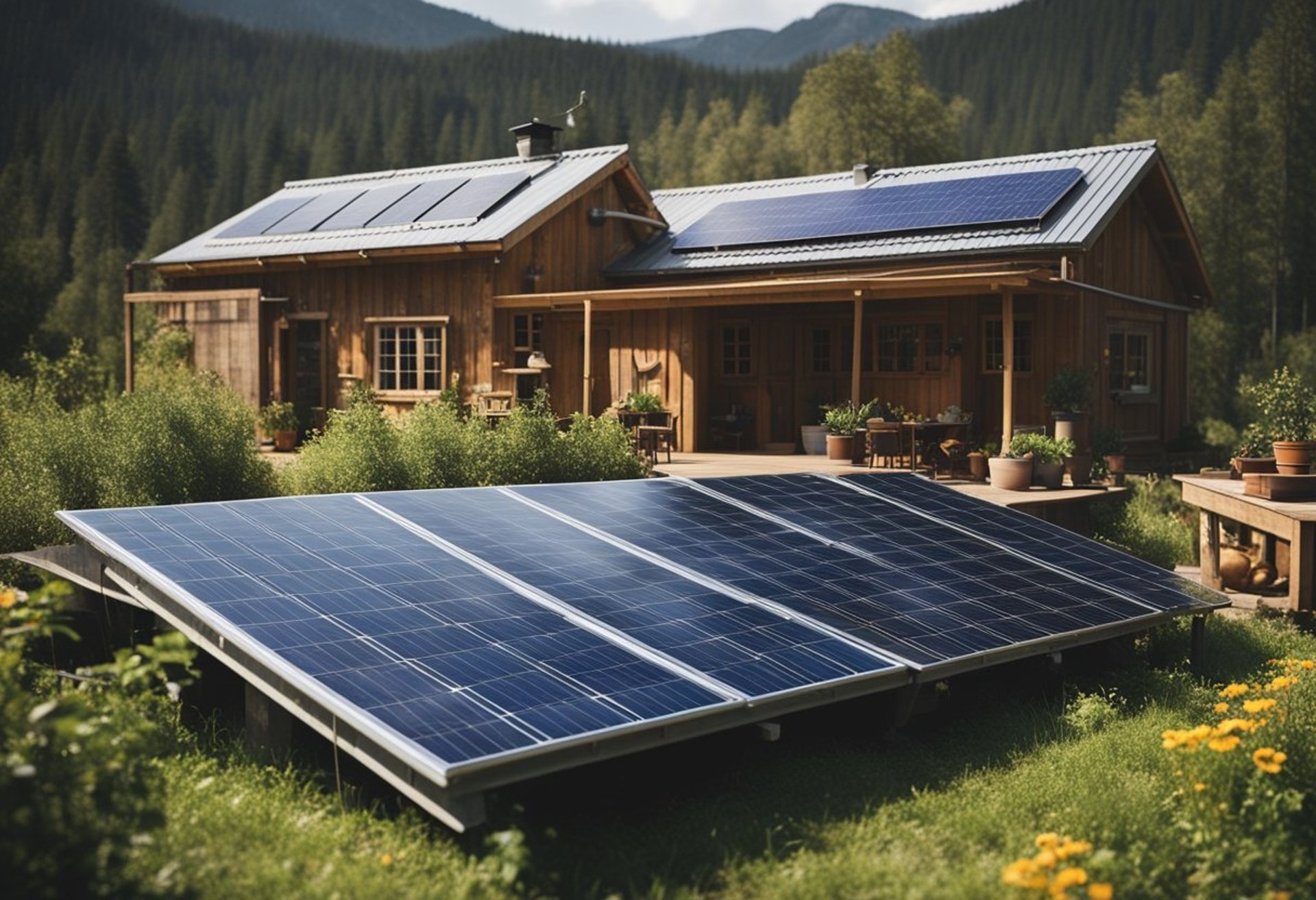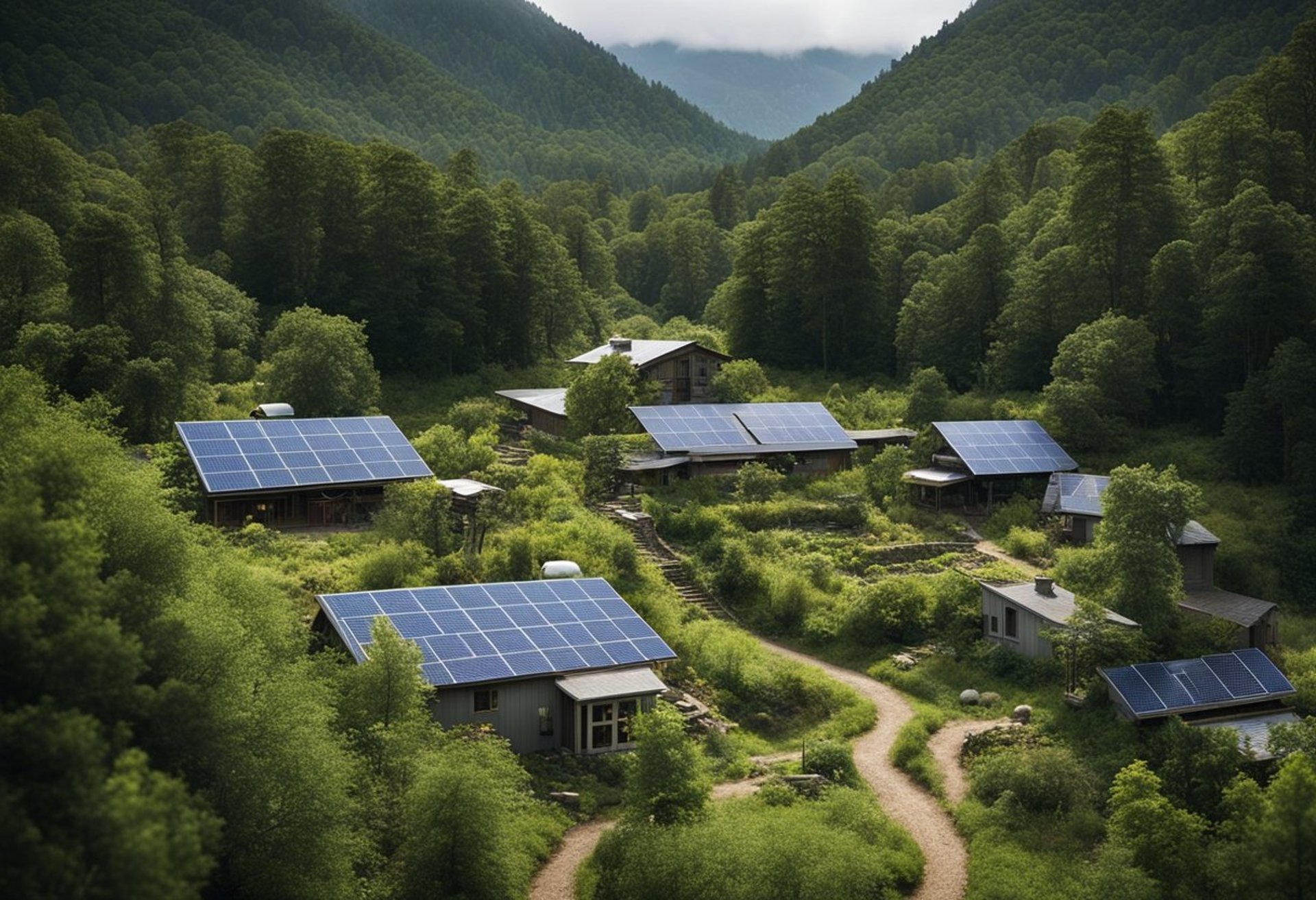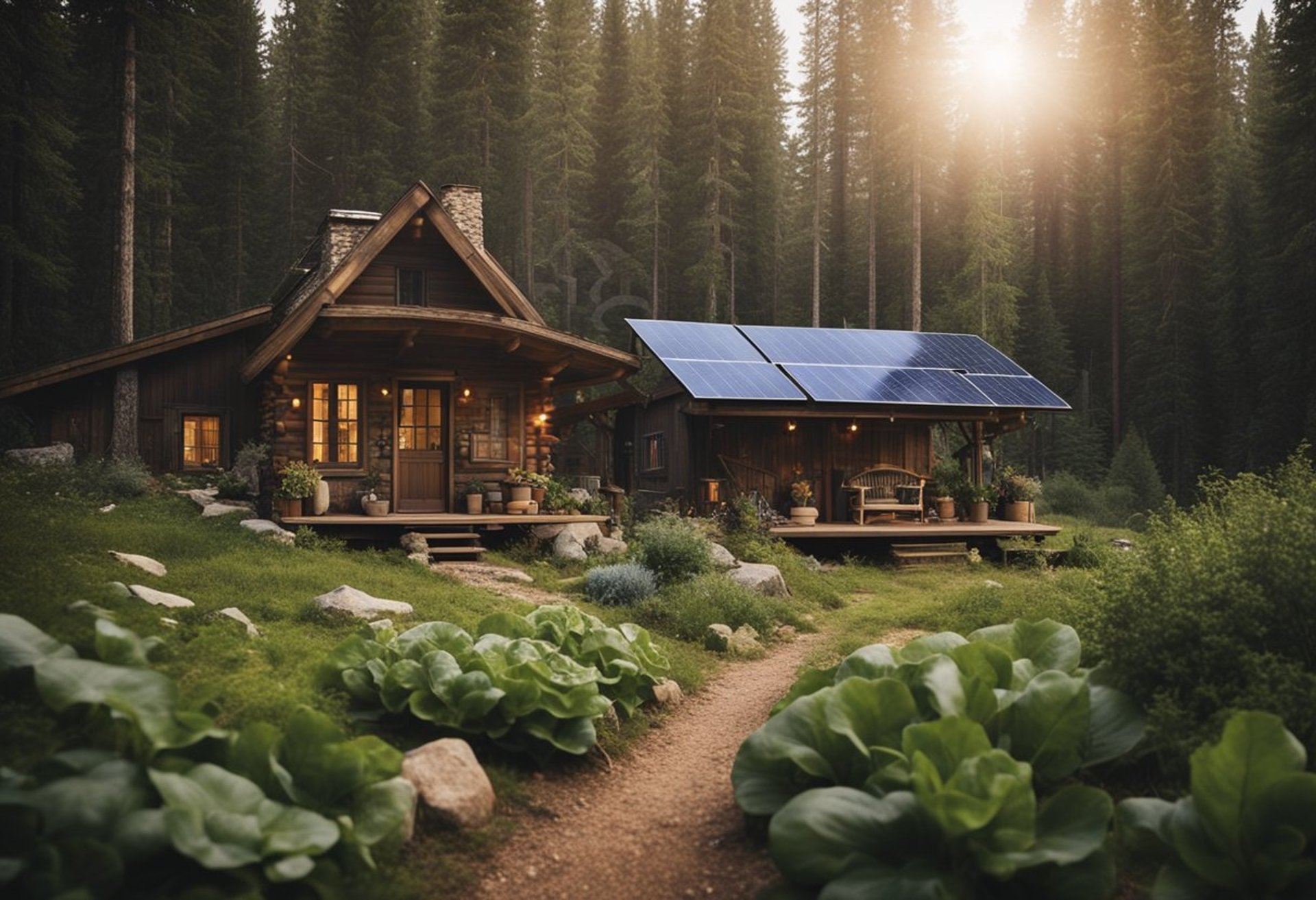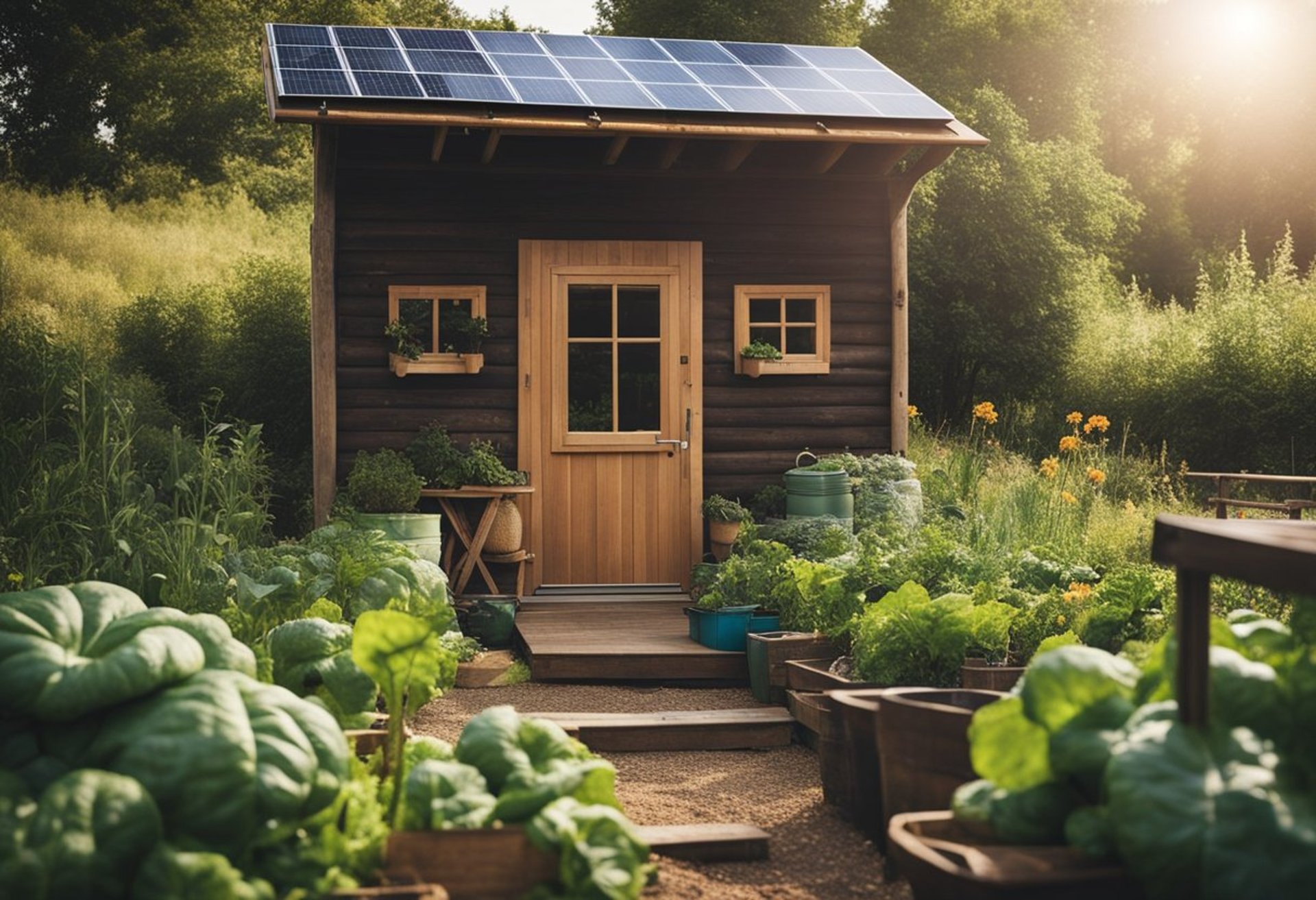9 things to know Living Off the Grid Homestead
Thinking about embracing an off-the-grid lifestyle? Living on a homestead offers freedom, sustainability, and a deeper connection to nature. In this guide, we’ll explore nine essential things to know before making the leap. Discover the joys and challenges of self-sufficient living in harmony with the environment.
9 things to know Living Off the Grid Homestead Survival Life Hacks DIY for Sustainable Living
Many individuals are drawn to off-grid living for various reasons, including a desire for autonomy or a connection to nature. By understanding the fundamentals of this lifestyle, one can create a self-reliant home that meets personal needs while minimizing reliance on external resources. Creative problem-solving and resourcefulness play crucial roles in navigating daily tasks effectively.
The potential for growth and learning in this journey is immense, with countless hacks that enhance both efficiency and comfort. From foraging to DIY solutions, the skills gained can lead to a fulfilling life that aligns with personal values and environmental awareness.
Key Takeaways
Off-grid living promotes self-sufficiency through practical solutions.
Growing food and foraging enhances independence and sustainability.
DIY projects can significantly improve resilience and daily living.
Fundamentals of Off-Grid Living
Understanding the basics of off-grid living is essential for anyone considering this lifestyle. Key areas of focus include the selection of a suitable location, harnessing renewable energy sources, and establishing efficient water collection and purification systems.
Choosing the Right Location
The location for an off-grid homestead significantly impacts the success of the venture. Factors to consider include climate, accessibility, and proximity to resources.
Climate: Ensure the area has adequate rainfall and a favorable climate for growing food.
Accessibility: Evaluate the ease of access to essential supplies and emergency services.
Resources: Proximity to woodlands, rivers, and fertile land can provide necessary materials for building and food production.
Potential land buyers should conduct thorough research and visit prospective sites to assess their viability.
Understanding Solar and Renewable Energy Sources
Renewable energy is a cornerstone of off-grid living. Solar panels are the most popular choice for harnessing energy from the sun.
Solar Arrays: Opt for a solar array that meets the energy needs of the homestead. Calculate energy consumption to determine system size.
Wind and Hydro: Consider supplemental sources like wind turbines or micro-hydro systems depending on local conditions.
Storage systems, such as batteries, are crucial for maintaining power availability during non-productive periods. Proper installation and maintenance of these systems increase efficiency and longevity.
Water Collection and Purification Systems
Water is vital for survival, and an effective collection and purification system is essential. Rainwater harvesting is an efficient method for obtaining water.
Collection Systems: Install gutters and storage tanks to capture rainwater from roofs. Ensure the system's capacity meets household needs.
Purification Methods: Use filtration systems, UV purifiers, or boiling to ensure water is safe for consumption. Regular maintenance of these systems helps prevent contamination.
Understanding local regulations regarding water rights and collection is essential to avoid legal issues. Proper planning will ensure reliable access to clean water.
Designing and Building Your Homestead
Creating a homestead involves careful planning and intelligent design. Choosing the right materials and maximizing available space can greatly enhance sustainability and livability.
Eco-Friendly Construction Materials
Using eco-friendly materials is essential for a sustainable homestead. Reclaimed wood, bamboo, and straw bales are excellent choices. These materials reduce waste and often provide better insulation than traditional options.
Reclaimed Wood: Offers character and durability. It can often be sourced cheaply from old structures.
Bamboo: Fast-growing and strong, bamboo is ideal for a variety of building applications.
Straw Bales: Provide excellent insulation and are inexpensive. They can be used in walls or as infill for structures.
Incorporating natural clay or adobe can also enhance your build. These materials are not only sustainable but can improve indoor air quality.
Maximizing Space Efficiency
Efficient use of space is crucial in homestead design. Careful planning helps utilize every square foot effectively. Multi-purpose rooms and furniture can simplify daily tasks and reduce clutter.
Consider open floor plans that allow for flexible use of space. This layout encourages airflow and increases perceived size.
Vertical Storage: Utilize walls for shelving or hooks to keep items off the floor.
Foldable Furniture: Consider collapsible tables and chairs for flexibility, allowing rooms to serve multiple functions.
Outdoor Spaces: Incorporating outdoor living areas can expand usable space without requiring additional construction.
Design decisions like these help create a functional and inviting homestead environment.
Growing and Foraging for Food
Cultivating food and foraging for edibles are vital skills for living off the grid. These practices not only provide sustenance but also enhance self-sufficiency and promote a sustainable lifestyle.
Permaculture Principles
Permaculture emphasizes working with nature to create productive ecosystems. Key principles include:
Diversity: Planting various species to boost resilience against pests and diseases.
Observation: Spending time observing the land to understand microclimates and soil types.
Zones: Organizing plants by their needs and your access, allowing for efficient resource use.
Polyculture, the practice of growing multiple crops together, can lead to healthier plants and improved yields. Incorporating native plants into gardens can enhance biodiversity and attract beneficial wildlife.
Preservation Techniques for Self-Sufficiency
To maximize harvests, preservation techniques are essential. Here are some effective methods:
Canning: Involves sealing food in jars to prevent spoilage. Use a pressure canner for low-acid foods.
Dehydration: Removing moisture to extend shelf life. A dehydrator or an oven at low heat can accomplish this.
Fermentation: Cultivating beneficial bacteria to preserve vegetables. This process adds unique flavors and enhances nutrition.
Creating a dedicated storage area can help manage preserved foods. Label all preserved items with dates for easy rotation. These techniques enable sustained access to nutrients throughout the year.
DIY Solutions for Self-Reliance
Creating self-reliant systems at home increases independence and reduces reliance on commercial products. This section covers effective methods for generating power and maintaining health using natural resources.
Homemade Power Generators
Generating power at home can be achieved through various DIY methods. One popular option is the wind turbine, which can be built using PVC pipes and an automotive alternator. The basic components involve:
PVC pipe for the blades
A generator mechanism
An inverter for converting DC to AC power
Another method is solar power, using solar panels made from individual solar cells. These cells can harness sunlight and convert it into usable electricity.
Setting up a small hydro generator is also an option for those near flowing water. This involves using a water wheel or turbine that generates power as water flows over it.
Natural Remedies and Healthcare
Self-reliance extends to health, where natural remedies can be invaluable. Many herbs can be grown at home for medicinal purposes. Common ones include:
Garlic: Known for its antimicrobial properties.
Echinacea: Often used to boost the immune system.
Creating a basic first aid kit with homemade items is also beneficial. This can include:
Herbal salves made from olive oil and beeswax for wound care.
Honey as a natural antiseptic.
Understanding the use of natural ingredients in treating common ailments provides practical knowledge. DIY healthcare solutions enable individuals to maintain wellness without commercial products, fostering greater independence.
Establishing a Resilient Lifestyle
Creating a sustainable lifestyle off the grid involves effective waste management and fostering community connections. These components are vital for long-term survival and increased self-sufficiency.
Waste Management Strategies
Effective waste management is crucial for maintaining a clean and functional homestead. Different types of waste require specific approaches.
Composting: Organic waste can be composted to create nutrient-rich soil. A well-aerated compost bin accelerates decomposition, benefiting gardens.
Recycling: Identify recyclable materials such as glass, metal, and certain plastics. Establish designated bins to separate these from general waste.
Reduce and Reuse: Minimize waste by reducing consumption and repurposing items. Creative thinking can lead to solutions for everyday needs without generating excess waste.
Implementing these strategies ensures a cleaner environment and maximizes resources on the homestead.
Community Building and Bartering Systems
Strong community ties are essential for resilience in an off-grid lifestyle. Building relationships with neighbors can provide support and increase resource sharing.
Networking: Attend local gatherings or join online forums focused on off-grid living. These spaces enable sharing of knowledge and resources.
Bartering: Establish a barter system where goods and services are exchanged. This reduces the reliance on cash and fosters goodwill.
Skill Sharing: Members can offer workshops or informal classes to teach specific skills, such as gardening, cooking, or animal husbandry. This not only enhances individual capabilities but strengthens community bonds.
Through community building and bartering, individuals gain support networks that enhance their off-grid lifestyle.

